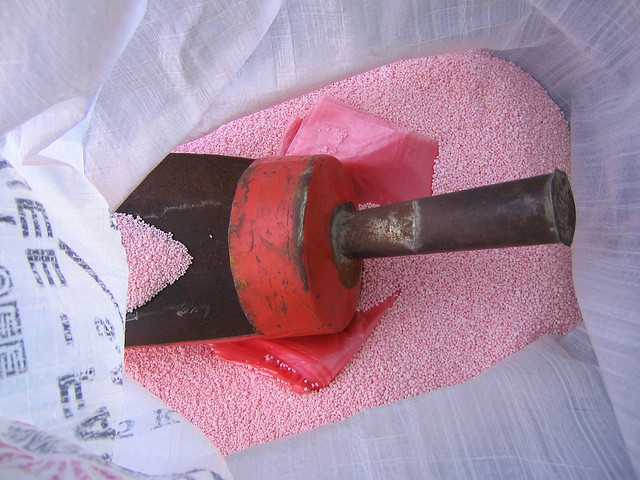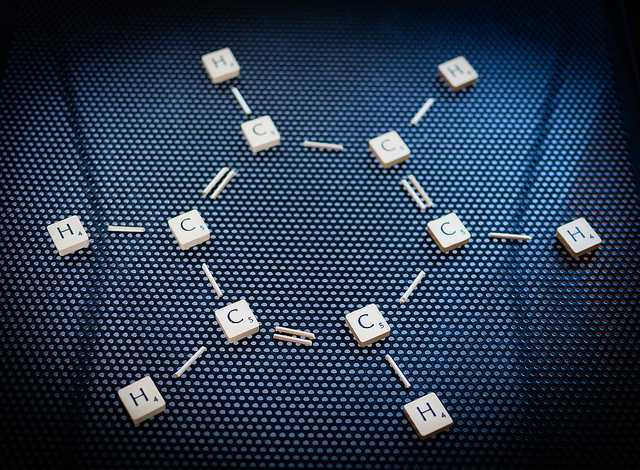
Photo by Phillie Casablanca
Ammonium nitrate is a chemical substance that has many industrial uses, usually more than you think. Its chemical formula is NH4NO3. This means that it has 2 nitrogen atoms, 4 hydrogen atoms, and 3 oxygen atoms. In this article, we will discuss the uses of ammonium nitrate.
What is ammonium nitrate?
Most people first encountered ammonium nitrate in the chemistry laboratory back in high school. Its physical state is normally a white solid which is soluble in water. A crystalline form or bead form are the two forms of the solid. Ammonium nitrate is composed of salt of ammonia and nitric acid. It appears in a white crystalline form and is colorless when it’s at room temperature.
The ammonium nitrate melting point is at 337.3 degrees Fahrenheit or 169.6 degrees Celsius. These crystals are rhombohedral in shape, however, they change to monoclinic crystals if they are subjected to temperatures above 32 degrees Celsius. It is said that ammonium nitrate was developed by Germans, who used it as fertilizer instead of Chilean Nitrates because it’s cheaper.
Ammonium nitrate is commercially prepared by mixing ammonia salt and nitric acid. 33.5% of nitrogen can be found in ammonium nitrate which is sold in the market. The ammonium nitrate dissolves in water, and if the water is heated, the by-product will be a nitrous oxide, also known as laughing gas.
Uses of ammonium nitrate
Ammonium nitrate has many uses in different types of fields, mostly in fertilizers and explosives. We will focus on the two most common uses – explosives and fertilizers.
Fertilizer
Generally, ammonium nitrate is used as a fertilizer. Usually, it is sold in the form of pellets which are coated with clay. The high nitrogen amount in this compound is the main reason why it is very popular in agriculture. Nitrogen is an important plant nutrient that assists in the metabolic processes and growth that the plant undergoes.
Ammonium nitrate is a cheap alternative to expensive fertilizers, and for that reason, many agriculturists love using it. In addition, it may increase the fruit production capacity and can yield the rapid growth of a plant. Ammonium nitrate may also affect the quality of green leafy vegetables. Keep in mind that it is sensitive to heat and any application of this factor may lead to an explosion.
Explosives
Ammonium nitrate is also the main component in manufacturing explosives. It is the main component of an explosive ANFO (ammonium nitrate fuel oil), which is a mixture of 6% of fuel oil and 94% of ammonium nitrate. In this mixture, the ammonium nitrate is an oxidizing agent for fuel. Due to its low cost and high stability, ANFO is a component in 80% of the explosives used in North America.
Ammonium nitrate is also used in the explosives manufactured in the mining industry. In addition, ammonium nitrate is often found in IEDs (improvised explosive devices), or homemade bombs, because of its relative availability and low cost. Another interesting fact about ammonium nitrate is that it’s actually hygroscopic. This means that it can easily collect molecules of water from the environment where it’s placed.
Having said that, it shouldn’t be stored in humid areas, because water can easily affect the explosive function of the compound. The government now regulates ammonium nitrates, since it is already used to create fertilizer bombs. Ammonium nitrate is very helpful in agriculture, but it always needs to be properly handled and correctly stored.



